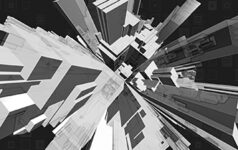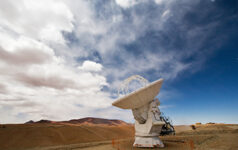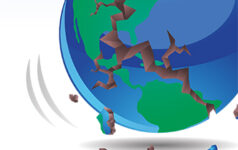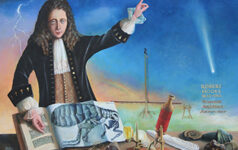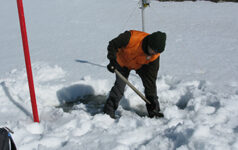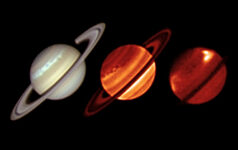Seeing is believing: 3D illusions
To make the two-dimensional images that we see in print and on screen appear more real, we can hijack our brains to create the illusion of a third dimension, depth. These activities explore the physics that make this possible.






